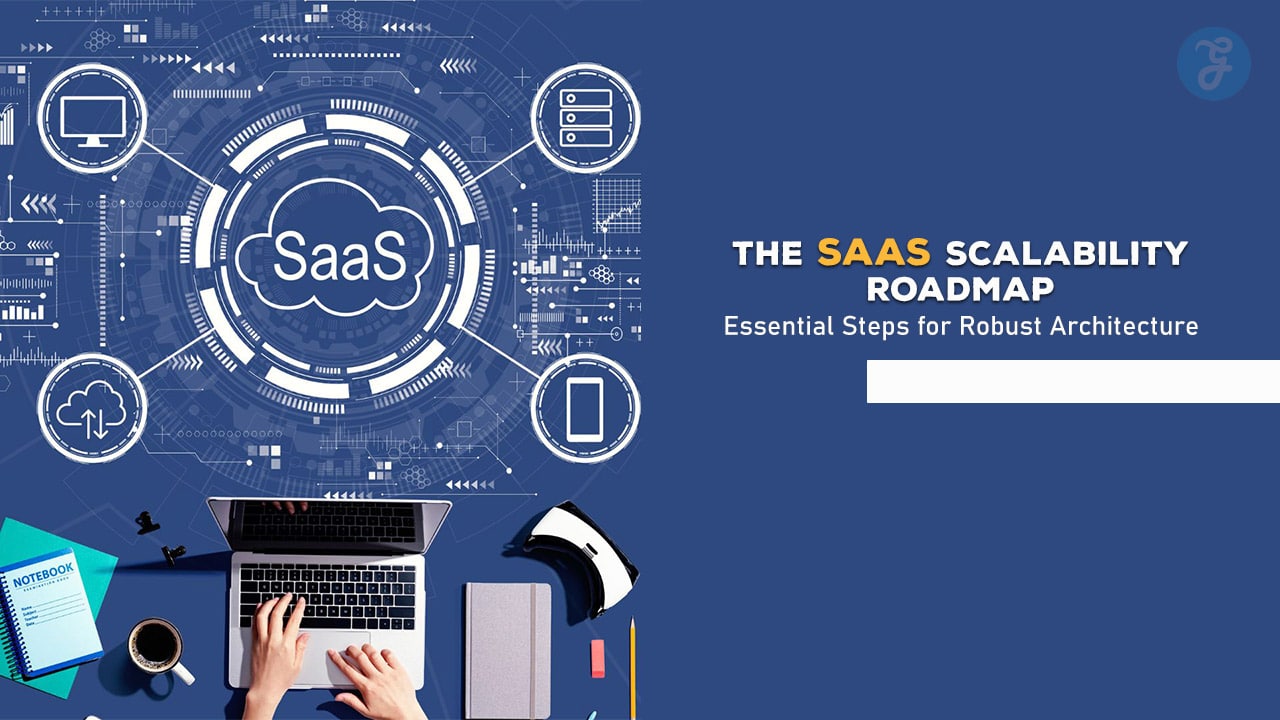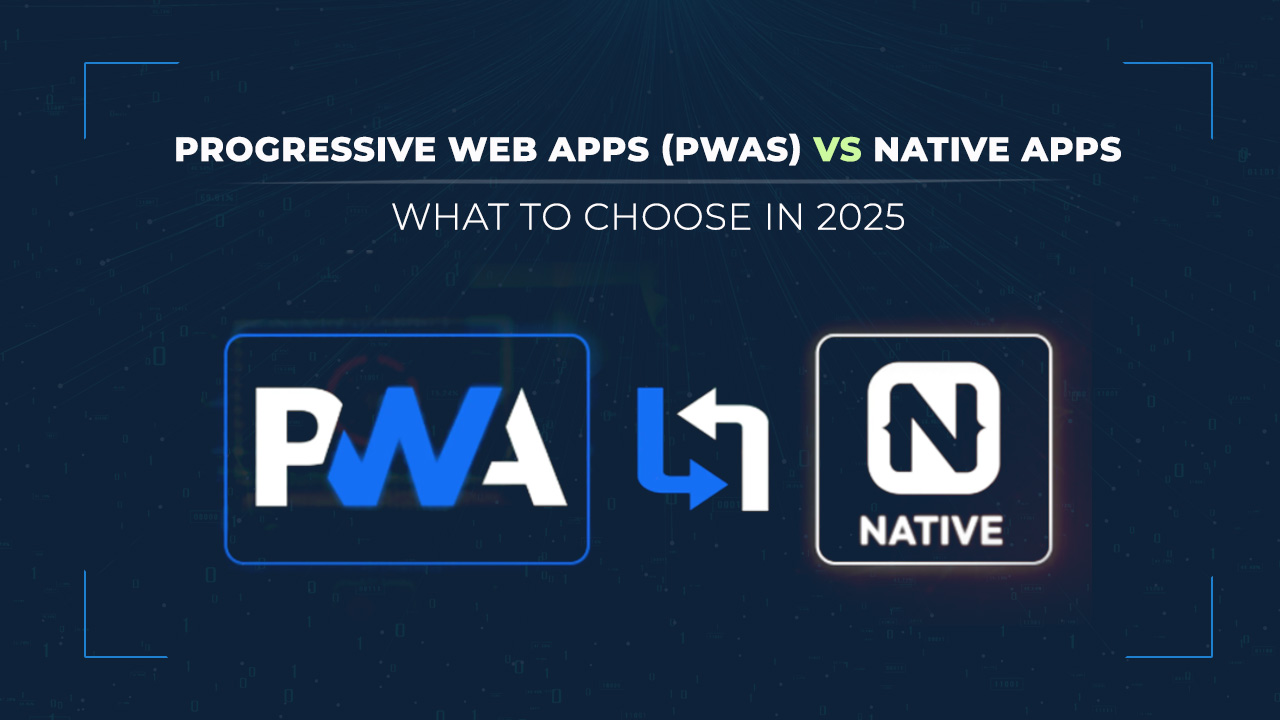In a digital landscape where Netflix handles 167 million streaming hours daily and Slack supports over 12 million active users, the power of scalable SaaS architecture is unmistakable. These titans of technology showcase the potential of well-designed Software as a Service platforms. Yet, for every SaaS success story, countless others falter under the weight of rapid growth, unprepared for the challenges that come with scaling. The secret to their triumph lies not in luck, but in meticulous architectural planning.
This guide unveils seven critical steps to building a SaaS architecture that stands the test of scale. From designing modular systems and implementing smart database strategies to leveraging cloud services and ensuring robust security, we’ll explore the key elements that form the backbone of scalable SaaS. Whether you’re a startup dreaming big or an established company eyeing expansion, these steps will equip you with the knowledge to build a SaaS platform that doesn’t just grow, but thrives under pressure.
7 Steps to Building a Scalable SaaS Architecture
In the booming $172 billion SaaS market, scalability separates the leaders from the laggards. Companies like Salesforce handle over 6 billion transactions daily, showcasing the power of robust architecture. This guide outlines seven critical steps to build a SaaS platform that can grow exponentially without buckling under pressure. From database design to cloud infrastructure, learn how to create a SaaS solution that thrives at any scale.
Step 1: Design for Scalability from the Start
The foundation of any successful SaaS application is its ability to scale. Scalability isn’t just about handling more users; it’s about maintaining performance and reliability as your service grows.
Key considerations:
- Modular design: Break your application into smaller, independent services
- Stateless architecture: Ensure your application components don’t rely on stored client data
- Asynchronous processing: Use message queues to handle time-consuming tasks
Example: Netflix’s microservices architecture allows them to scale individual components independently, ensuring smooth service even during peak viewing times.
Step 2: Choose the Right Database Strategy
Your database choice and design can make or break your SaaS application’s scalability.
Options to consider:
- Relational databases (e.g., PostgreSQL, MySQL) for structured data
- NoSQL databases (e.g., MongoDB, Cassandra) for unstructured or semi-structured data
- Combination of both (polyglot persistence) for complex applications
Best practices:
- Implement database sharding to distribute data across multiple servers
- Use caching mechanisms (e.g., Redis) to reduce database load
- Optimize database queries and indexes
Real-world example: Airbnb uses a combination of MySQL for transactional data and Apache Hadoop for analytics, allowing them to handle millions of listings and bookings efficiently.
Step 3: Implement Efficient Caching
Caching is crucial for reducing latency and improving the overall performance of your SaaS application.
Caching strategies:
- In-memory caching (e.g., Memcached)
- Distributed caching (e.g., Redis)
- Content Delivery Networks (CDNs) for static assets
Tips for effective caching:
- Identify frequently accessed data
- Set appropriate expiration times
- Implement cache invalidation strategies
Case study: Facebook uses a multi-tiered caching system, including Memcached and TAO (The Association and Objects) cache, to serve content to billions of users with minimal latency.
Step 4: Utilize Cloud Services and Infrastructure
Cloud platforms offer scalability, flexibility, and cost-effectiveness for SaaS applications.
Popular cloud providers:
- Amazon Web Services (AWS)
- Microsoft Azure
- Google Cloud Platform (GCP)
Key cloud services for SaaS:
- Auto-scaling groups
- Load balancers
- Managed databases
- Serverless computing (e.g., AWS Lambda, Azure Functions)
Example: Dropbox initially built its infrastructure on Amazon S3 before transitioning to its own custom-built cloud storage system as it scaled to hundreds of millions of users.
Step 5: Implement Robust Security Measures
Security is paramount in SaaS applications, especially when handling sensitive user data.
Essential security practices:
- Implement strong authentication and authorization (e.g., OAuth 2.0, JWT)
- Use encryption for data in transit (HTTPS) and at rest
- Regularly conduct security audits and penetration testing
- Implement multi-tenancy isolation
Security framework example: The OWASP Top Ten provides a standardized approach to addressing common web application security risks.
Step 6: Design for High Availability and Fault Tolerance
Ensuring your SaaS application is always accessible is critical for user satisfaction and business continuity.
Strategies for high availability:
- Use multiple availability zones or regions
- Implement redundancy at all levels (servers, databases, network)
- Design for graceful degradation
- Use health checks and auto-healing systems
Fault tolerance techniques:
- Circuit breakers to prevent cascading failures
- Retry mechanisms with exponential backoff
- Fallback mechanisms for critical services
Real-world example: Spotify uses a combination of regional data centers and cloud services to ensure high availability for its millions of users worldwide.
Step 7: Implement Continuous Integration and Deployment (CI/CD)
CI/CD practices are essential for maintaining and updating your SaaS application efficiently.
Key components of CI/CD:
- Version control (e.g., Git)
- Automated testing (unit tests, integration tests, end-to-end tests)
- Continuous integration servers (e.g., Jenkins, CircleCI)
- Deployment automation tools (e.g., Ansible, Terraform)
Benefits of CI/CD:
- Faster time-to-market for new features
- Reduced risk of deployment failures
- Improved code quality and reliability
Example: GitHub uses its own platform along with a custom CI/CD pipeline to deploy hundreds of times per day, ensuring rapid iteration and feature delivery.
Takeaway
Building a scalable SaaS architecture is a complex but crucial process for any software company looking to grow and succeed in the competitive digital marketplace. By following these seven steps – designing for scalability, choosing the right database strategy, implementing efficient caching, utilizing cloud services, implementing robust security measures, designing for high availability, and adopting CI/CD practices – you can create a solid foundation for your SaaS application.
Remember, scalability is an ongoing process. Continuously monitor your application’s performance, gather user feedback, and be prepared to adapt your architecture as your business evolves. With the right approach and tools, you can build a SaaS platform that not only meets your current needs but is also ready for future growth and challenges.










































